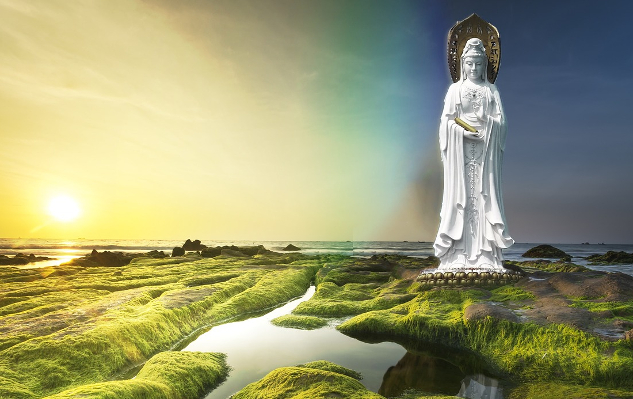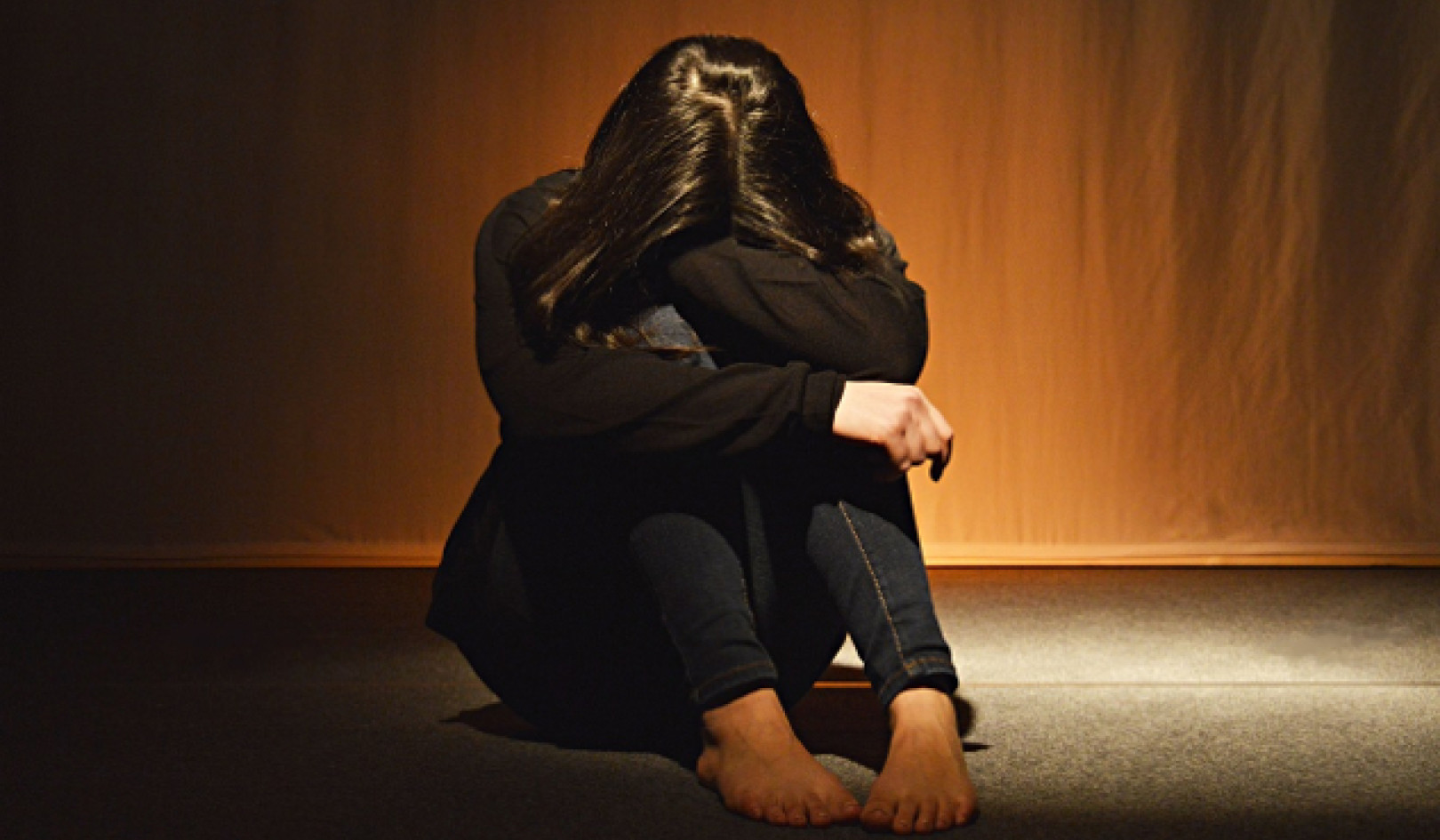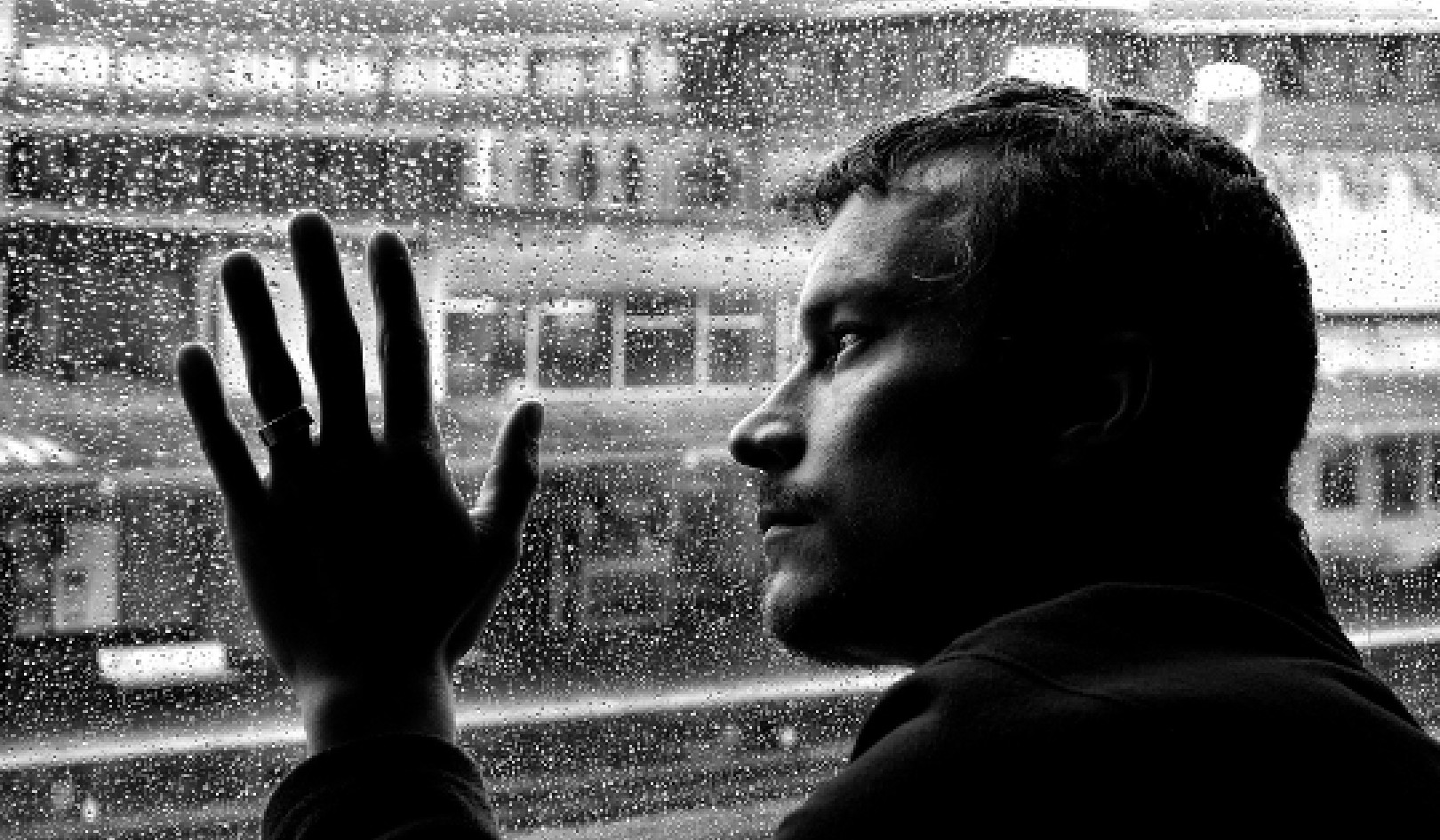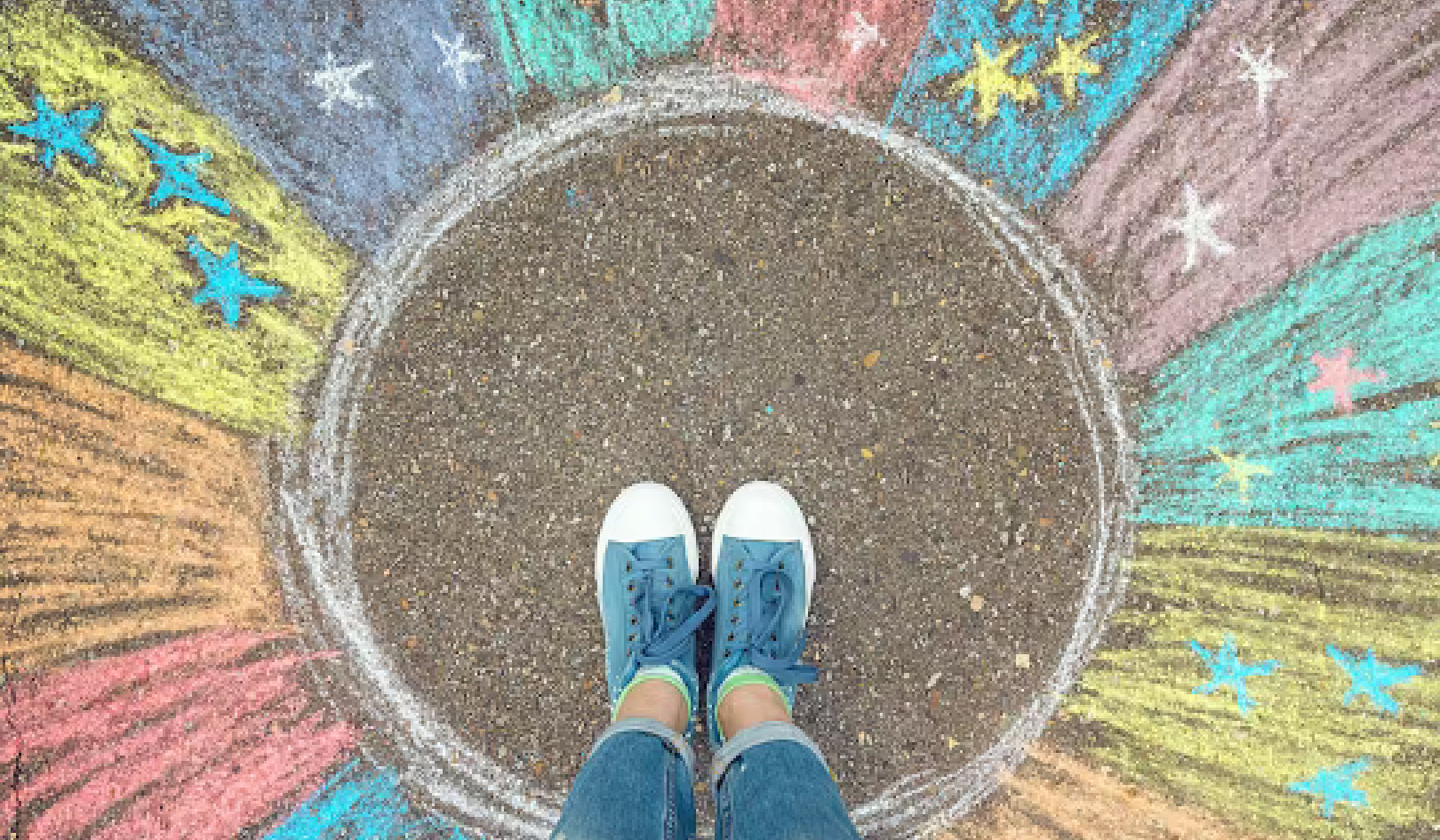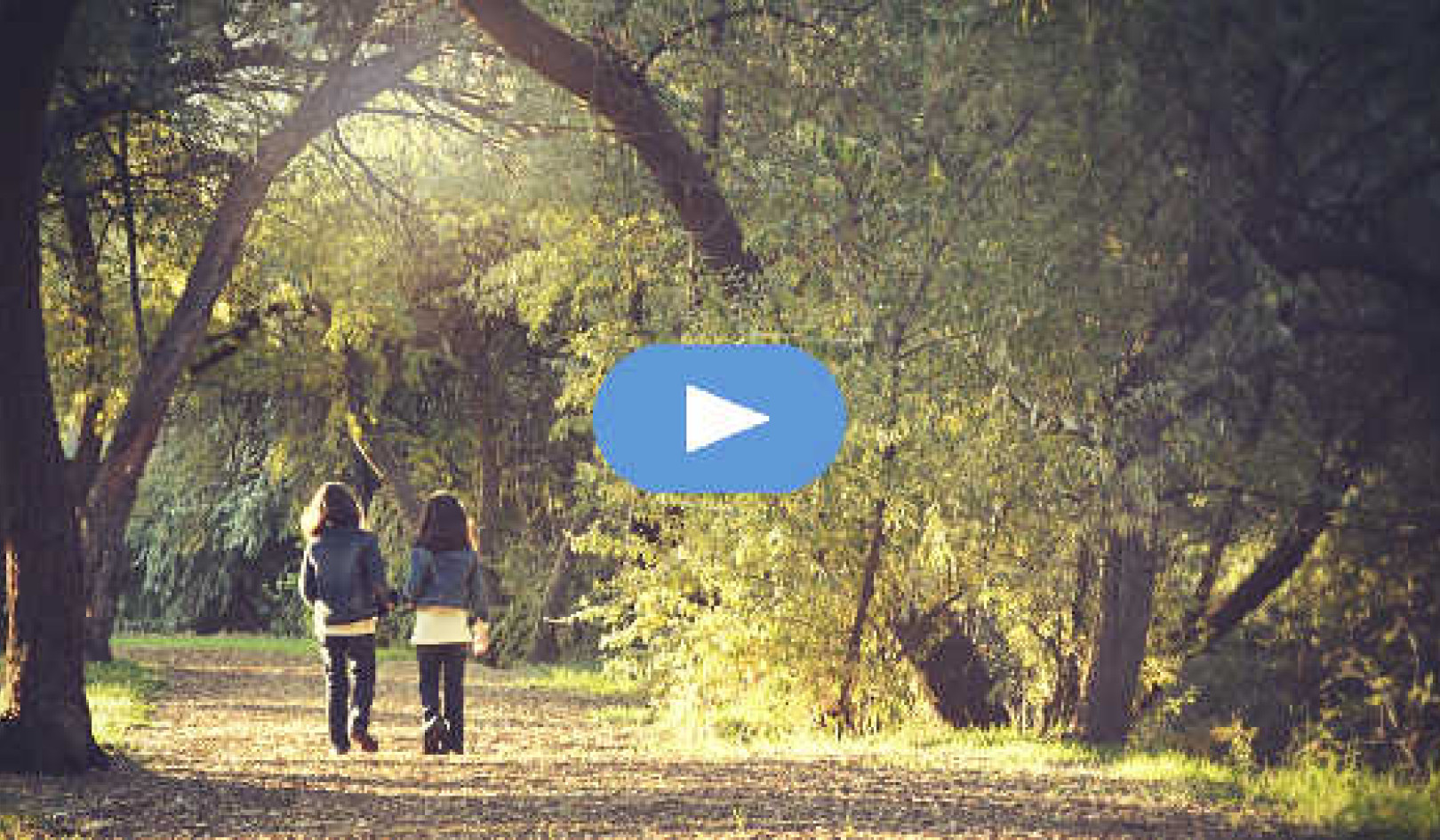On the window ledge over my kitchen sink sits a large Chinese Buddhist statue of Guanyin, the goddess of compassion. She is beautiful and very heavy. I lugged her all over China with me in the late nineties, from north to south, before finally hauling her home. She was a joyous weight. She reminds me of the steady flow of compassion from “on high,” which is also our own reality.
In the early 2000s, my son Josiah visited Sarajevo. He brought back a chipped piece of tan brick. The brick came to sit in Guanyin’s lap. It had been splintered from a church—or a mosque, I don’t remember—that had received heavy shelling or machine gun fire during the civil war. The heartbreak of that conflict has receded in our minds now, to be replaced by all the subsequent heartbreaks. I was grateful that my son had stopped to pick up that brick and bring it home for Guanyin. Together they have become for me “the altar of everything.”
The Altar of Oneness and Compassion
“The altar of everything” is an altar to our own necessary work: to the compassionate embrace of the suffering of this world. After all, the catalog of current and past warfare, genocides, and atrocities that occur far and near, and in our own history, are all extreme instances of the deluded dynamic of separateness and greed that characterizes our human experience.
When I look at Guanyin on my counter, I see she is holding in her lap the suffering of the world captured in that little piece of brick. Guanyin is said to have ears that enable her to listen to all the suffering of the world, a heart that can hold it all, and the willingness to appear in any form that will help alleviate suffering.
This capacity is founded in her realization of “emptiness.” Not an emptiness, we have learned, that is the nihilistic denial of experience or of suffering. Rather, it is emptiness that is empty of “story” or drama, empty of projection or reification, and empty of reactivity. It is this emptiness that leaves the heart the maximum space with which to embrace experience without flinching, and thus be able to receive and to bless.
What the Suffering of the World is Asking of Us
Guanyin, of course, represents a potential capacity within human beings. It is a capacity that the suffering of the world is asking of us; not only because it needs it of us, but also because we need it of ourselves. To hear anyone speak these days, our hearts have never been more challenged. We stand in the world at the heart of paradox, with one foot in the beauty that we are, and one foot in the sorrow. And that must ever be the crucible of our capacity to love. To persist as love despite all evidence to the contrary.
This paradox of opposites is true not only for our confrontation with the world, but also for the confrontation with our own lives. Heroes or villains, we never drop our (sometimes unconscious) reference point for beauty or happiness, even while having to assimilate the circumstances of suffering or sorrow. But our representations of happiness and suffering occur, and are sustained in, the reified realm of our thinking—where they are often delusive; where they can never be resolved, only projected. And in which we can never truly know ourselves or others.
Thus, the canvas of oppression and exploitation that is stretched across the planet—the patterns of hierarchy, power, greed, self-interest, and all the destructive and exclusive ambitions of “me and mine” that we know politically, economically, socially, and even ecologically—is only the “exploded” image of the self-system that we ourselves must negotiate and awaken to in each aspect of our own lives.
If I am not conscious enough to recognize this dynamic, and to take responsibility for it, it will always turn toxic within me, becoming, in fact, what Buddhism refers to as the three poisons: greed, anger (or hatred), and ignorance, ignorance even of my own relationship to life.
In its ultimately toxic or perverted form, I can even maintain that the resolution of my condition can be obtained by the suffering or exploitation of others; or even that the elimination of a whole population of people will restore me to happiness. In this sense, the aspiration to eliminate a group of people is not, at the deepest core, different from the aspiration to love. It is our heart’s true inner aspiration for an inexhaustible non-exclusiveness, for felicity and love, manifesting tragically in toxic and deluded form.
The powerful samsaric consequences (i.e., our seeming worldly and historical realities) are all created and sustained by the activity of projection and delusion, fueled by the “for-itself.” The reverse process of responsibility always entails the re-owning of our projections and of our subjective experience, which takes the form of self-honesty and self-insight in the moment. All inner growth begins when we perceive self-honesty as contributing to our genuine freedom, not to our doom.
That is why our availability to awakening can be fostered by our faith in speaking the truth of ourselves as we perceive it, but fused with a sincere intention and openness to the actual truth of things beyond our projection. This is truly to “take refuge” in things as they are, which is where we may discover that things as they are—an awake and intimate universe—hold the true key to the resolution of our suffering.
When Two or More Are Gathered Together
I am continually reinspired by the power of truth—not dogma, but the truth of two or more people sitting across from each other, heart to heart, doing the work of becoming present to each other, and being completely vulnerable to the way things are. That is the Presence of which it is said that when two or more people are gathered on its behalf, “I am there.”
It is obvious that our human species, still living out a stressful, survivalist, dog-eat-dog side of our primitive nervous and hormonal systems—inflamed with wounded and deranged egos, and doing great damage to each other—has not had, by and large, the wholesome luxury or safety of coming together in this way and recognizing each other in mutual presence, aside from sometimes within our small groups.
Even so, the teachings of the heart continue to call to us. We must bring to bear, and live with, an astute intelligence and compassion with regard to our ignorance and the consequences that seem to follow. We are cells of one body that, one by one, become activated and tutored in making the decision to “persist as love despite all evidence to the contrary.”
Today, the individual practices that encourage our coherence, and the clarification of our minds and our hearts—a reengagement with the reciprocity and intimacy that reflect the true nature of our being—must be matched by our practice in community as well. And that also demands of us the real work of reciprocity, of authentic communication, and of presence together, face to face and heart to heart. And it demands of us as well that mutual vulnerability that leaves space for the necessary reconsideration of our lives.
Gandhi once said, to paraphrase: My life’s work isn’t to ‘free India’; my life’s work is to live in spiritual truth with God, and this happens to be how I do it. Gandhi’s genius and unique power was to carry the ethos of integrity, transparency, and reciprocity into all his actions.
When our lives become the path, we address in our own way the twin principles of integrity (the “in-itself”) and compassion (the “for-others”); and we do whatever work our heart knows is required. And there are people all around us, both hidden and not so hidden, both conscious and not so conscious, doing their genuine part.
Listening Together
So as I sit here across from you now, it is not from any further desire to “tell you” anything, but to listen together to what our silence tells us, while not disowning ourselves or the voice that speaks us.
I confess I also have a great love for trees, and for forest paths; for rocks and cliff sides; for the lone pine or cactus growing on the high desert ledge; for flowing streams; for surf; for coral outcrops. For the reed grass growing on the great marshes. For me they are numinous doorways into the infinite. But I confess also and most of all, here in the growing shadow of the day, my love for the unique sparkle in your own eyes. They carry me home.
Copyright 2022. All Rights Reserved.
Adapted with permission of the publisher,
Inner Traditions International.
Article Source:
BOOK: The Dharma of Direct Experience
The Dharma of Direct Experience: Non-Dual Principles of Living
by Paul Weiss.
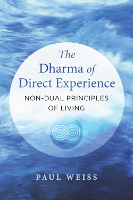 Exploring the direct perception of non-dual, “non-ordinary” reality, Paul Weiss shares guidance for navigating ordinary reality in an open, compassionate, and ever-maturing way. He affirms our shared human potential for the “direct experience” of reality--unmediated by our more relativistic mental faculties--and reveals this experience as an essential dimension of our conscious capacity for growth.
Exploring the direct perception of non-dual, “non-ordinary” reality, Paul Weiss shares guidance for navigating ordinary reality in an open, compassionate, and ever-maturing way. He affirms our shared human potential for the “direct experience” of reality--unmediated by our more relativistic mental faculties--and reveals this experience as an essential dimension of our conscious capacity for growth.
Interweaving perspectives from psychology and neuroscience with important lessons from spiritual traditions around the world, Paul explores how to live a life of integrity, reciprocity, and openness to reality, offering practical teachings for spiritual understanding, emotional development, and the cultivation of compassion, viewed by ancient Buddhist sages as the true meaning of existence. He addresses such human qualities as vulnerability, empathy, reciprocity, openness, and intimacy and shows how they express and participate in deeper conscious truths. The author also examines practical wisdom teachings within both Buddhist and Christian paths to realization.
For more info and/or to order this book, click here. Also available as an Audiobook and as a Kindle edition.
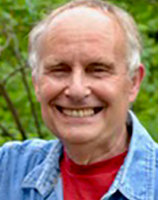 About the Author
About the Author
Paul Weiss began serious practice in Zen as well as tai chi in 1966 and spent years in several training and monastic settings, including in schools and clinics in China. In 1981 he founded the Whole Health Center in Bar Harbor, Maine, where he teaches, counsels, and offers meditation retreats and his True Heart, True Mind Intensive. A lifelong poet, he is the author of two collections of poems and essays, You Hold This and Moonlight Leaning Against an Old Rail Fence: Approaching the Dharma as Poetry.


